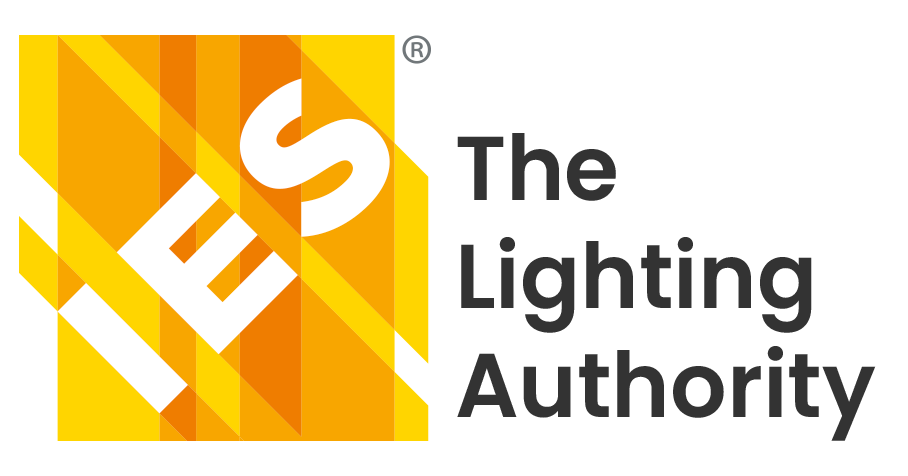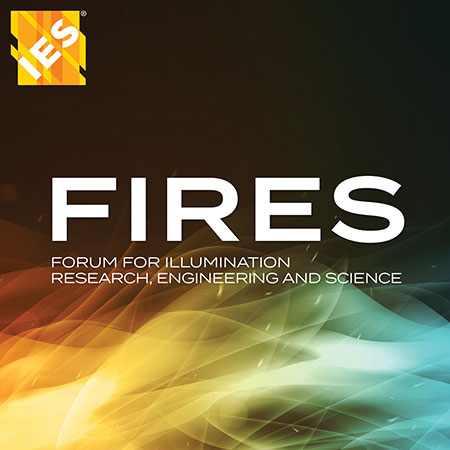
Share your Ideas!
To post an article in FIRES, go to our Policies and Submissions page.
Questions? research@ies.org
Editorial Disclaimer
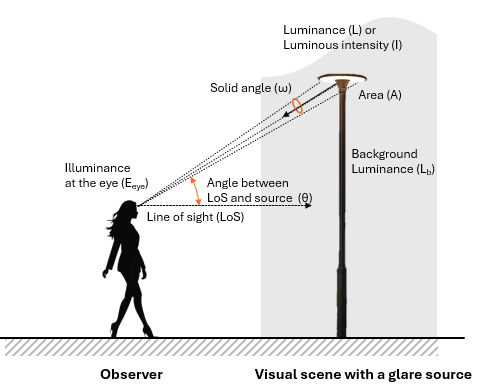
Discomfort Glare Models in Outdoor Environments After Dark
Abstract There is a substantial need in establishing a practical discomfort glare model for glare prediction and subsequent reduction in lighting installations with stationary or slow-moving observers in outdoor spaces…
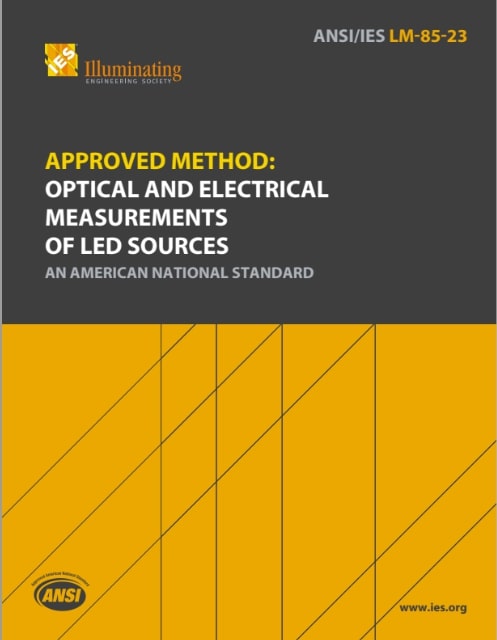
ANSI/IES-LM-85-23: A Productive Collaboration During COVID Produces 100X-Improved Measurement Technique
Introduction IES LM-85, Approved Method: Optical and Electrical Measurements of LED Sources, as shown in Figure 1, is the IES standard that applies to LED component measurements. 1 LM-85-23 covers…

The ENLIGHT Checklist: Enhancing the reproducibility of light-based interventions in the laboratory through standardized reporting
Authors Renske Lok PhD, Stanford University, USA Manuel Spitschan PhD, Technical University of Munich & Max Planck Institute for Biological Cybernetics, Germany Laura Kervezee PhD, Leiden University Medical Center, The…
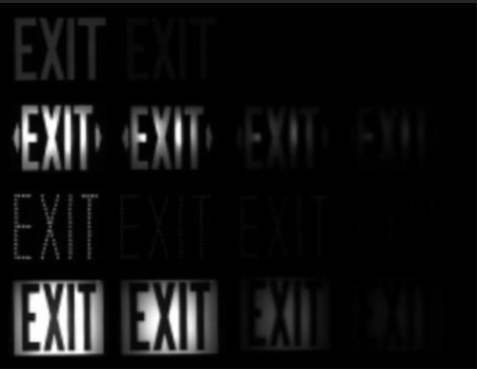
Assessing LED Exit Sign Luminances in the Field
Abstract Of the millions of exit signs in the U.S., many if not most use light emitting diode (LED) sources. Standards for exit sign performance describe the performance of new…
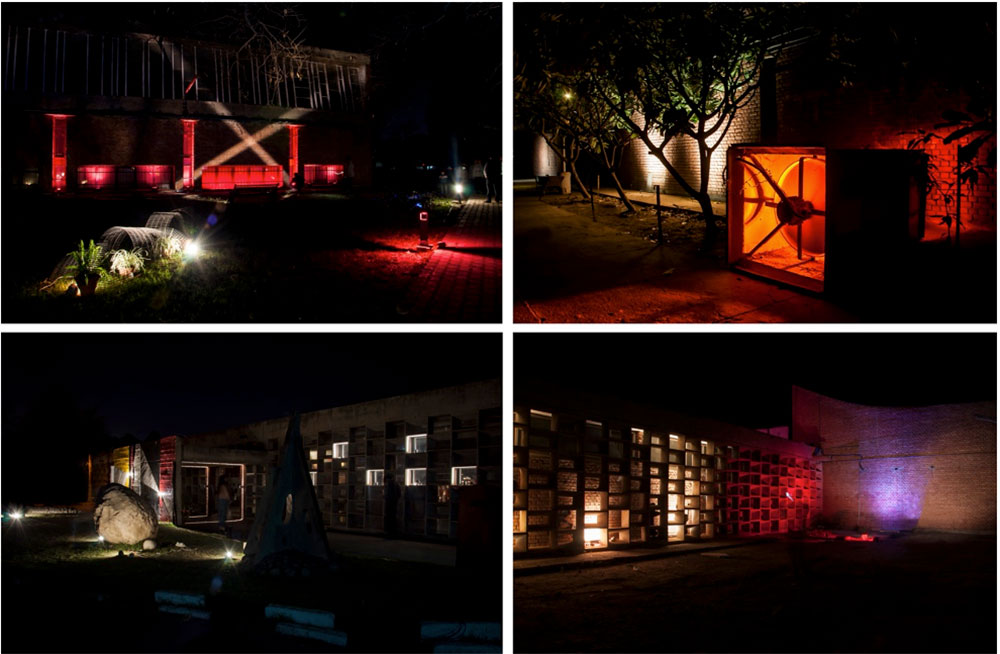
Applying Slow Design Principles for Culturing Wellbeing Through Lighting Installations
This article is an abridged version of a study that demonstrates how lighting installations designed with slow design principles can culture (cultivate and propagate) wellbeing. By Amardeep M. Dugar, PhD
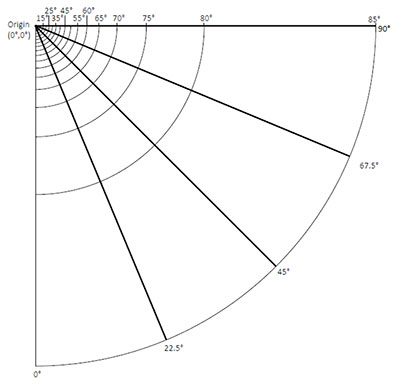
The Use of Near-Field Data for Accurate Modeling of Horticultural and Germicidal Applications
For over a century, lighting designers have modeled luminaires as point light sources. This made perfect sense for a half-century of incandescent lamps. However, when linear fluorescent lamps were introduced…
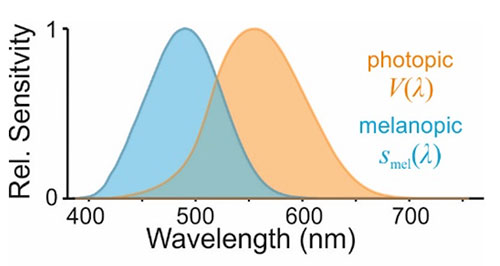
Defining Biologically Appropriate, Healthy Lighting
Across human history, we have used “artificial” lighting to allow us to interact with our environment and perform tasks under conditions where the scarcity of daylight would otherwise prove an…
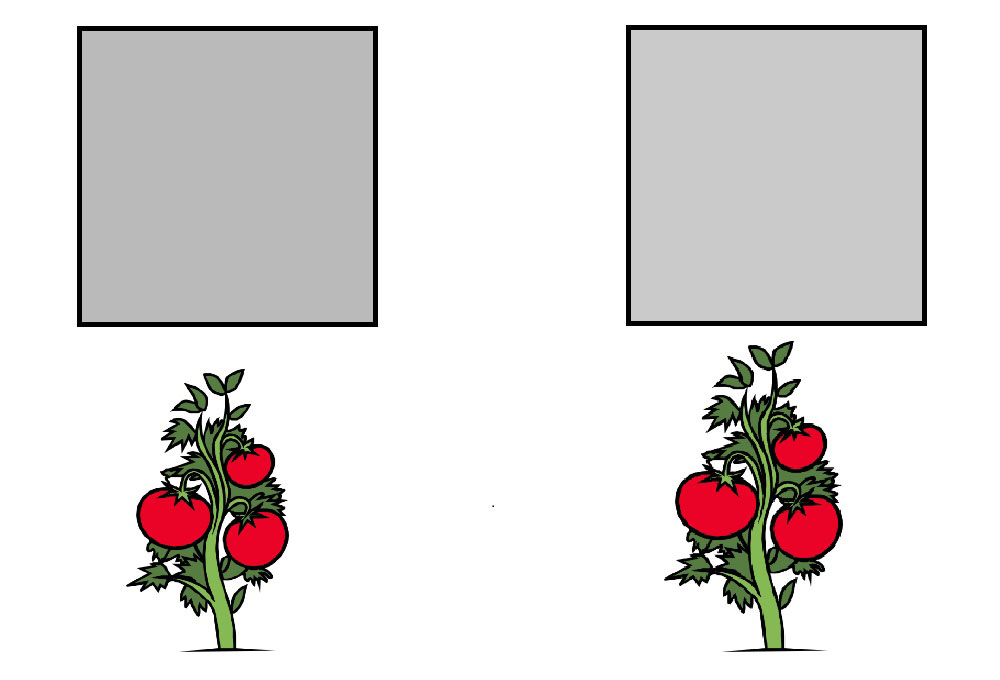
Lighting Uniformity in Horticulture
By Ian Ashdown, P. Eng. (Ret.), FIES Senior Scientist, SunTracker Technologies Marc Descoteaux Senior Software Engineer, SunTracker Technologies Written in 2015, “Greenhouse Design and Control” (Ponce et al. 2015) is…
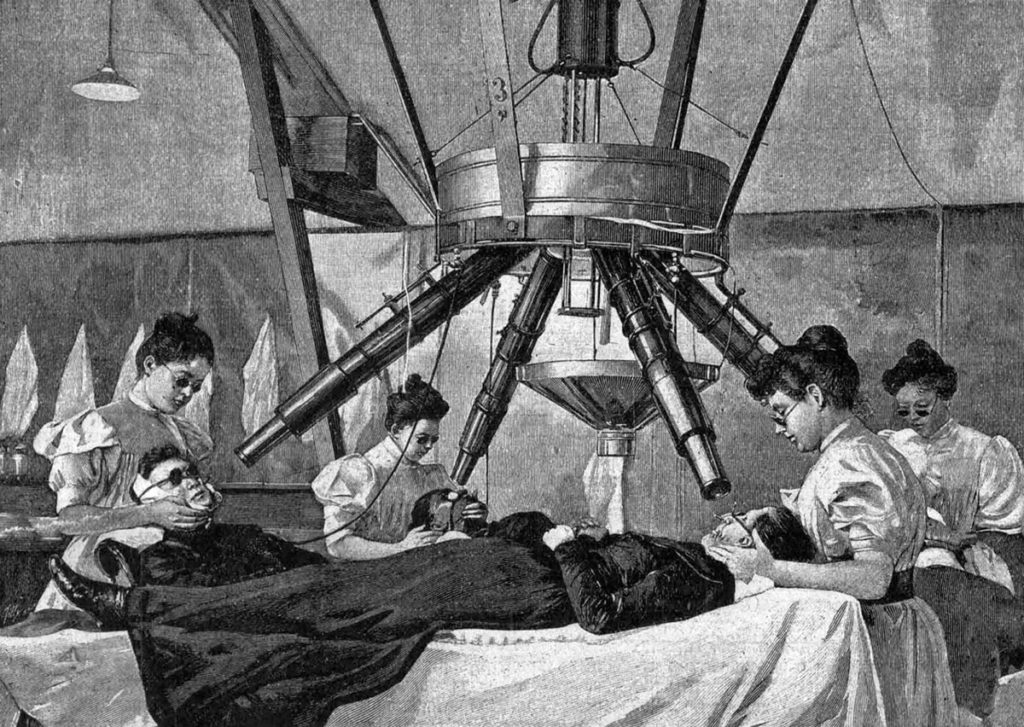
Visible Light Disinfection
By Ian Ashdown, P. Eng. (Ret.), FIES Senior Scientist, SunTracker Technologies Visible light disinfection is a lighting industry innovation wherein violet light is claimed to inactivate pathogens such as bacteria…
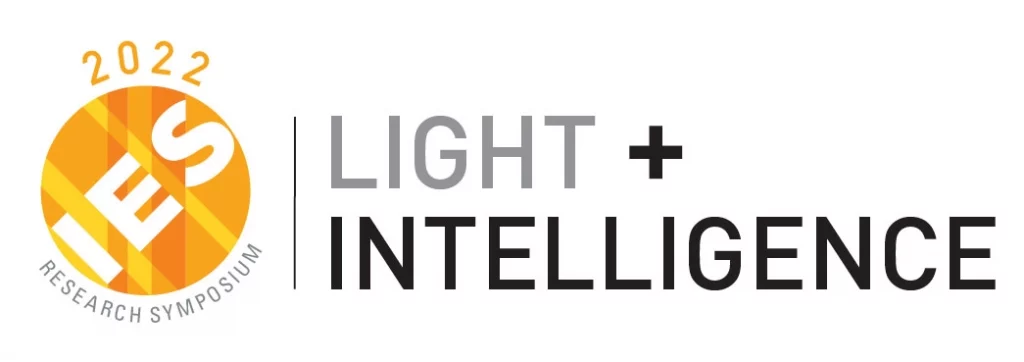
Light and Intelligence
By Robert F. Karlicek, Jr.About 2,500 years ago, the Greek philosopher Heraclitus postulated that the only constant thing in life is change. Perhaps this statement is more true today than…
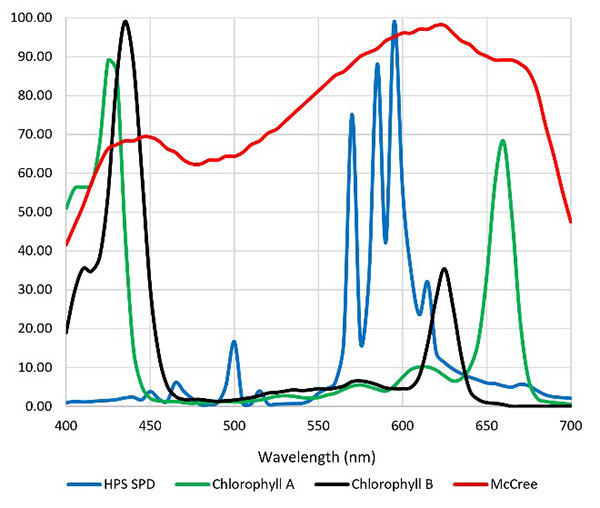
Horticultural Lighting Design and Déjà Vu
By Ian Ashdown, P. Eng. (Ret.), FIES Senior Scientist, SunTracker Technologies The phrase déjà vu translates from French as “already seen,” which nicely describes a current issue with horticultural lighting…
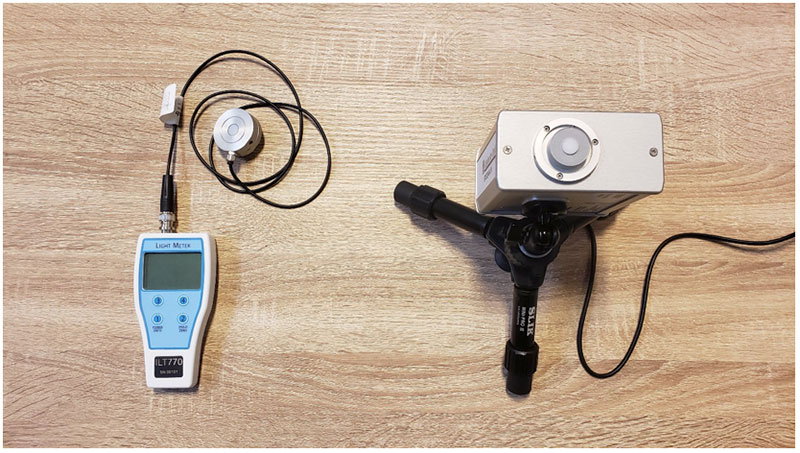
GUV Measurements – From the Lab to the Field
By Michael L. Grather, CTO, LightLab International Allentown, LLC We have all seen the wide range of new products claiming to be effective against pathogens of all sorts. Common claims…

Discomfort Glare Models in Outdoor Environments After Dark

ANSI/IES-LM-85-23: A Productive Collaboration During COVID Produces 100X-Improved Measurement Technique

The ENLIGHT Checklist: Enhancing the reproducibility of light-based interventions in the laboratory through standardized reporting

Assessing LED Exit Sign Luminances in the Field

Applying Slow Design Principles for Culturing Wellbeing Through Lighting Installations

The Use of Near-Field Data for Accurate Modeling of Horticultural and Germicidal Applications

Defining Biologically Appropriate, Healthy Lighting

Lighting Uniformity in Horticulture

Visible Light Disinfection

Light and Intelligence

Horticultural Lighting Design and Déjà Vu

